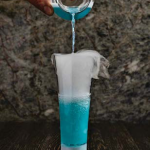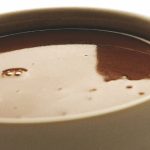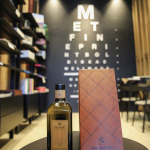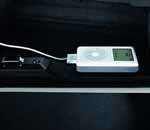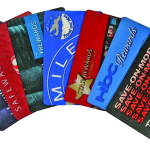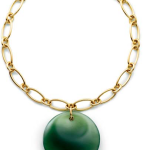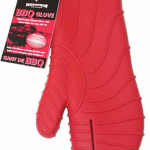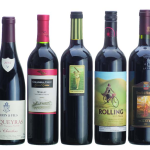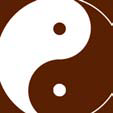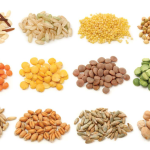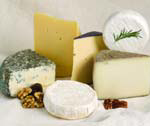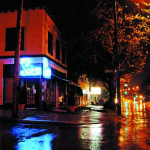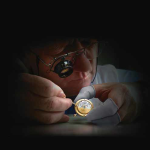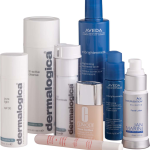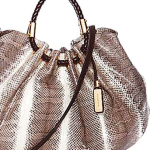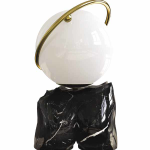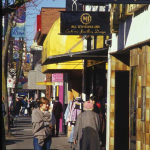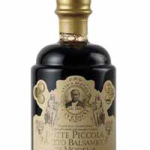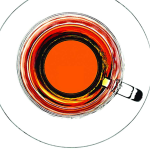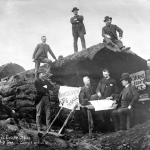
The North American population has been cycling through different skin colour preferences according to trends. From George Hamilton, the famous tanned man, to Nicole Kidman, known for her perfect porcelain skin, our skin-tone preferences have been dictated by what we view on the silver screen. However, a study published in the journal of Evolution and Human Behavior in 2006 reveals that “facial skin color distribution, or tone, can add 10-12 years to a woman’s perceived age”, which may mean that the cycle of skin colour trends may end with fair skin as the tone of choice.
Sponsored Ads
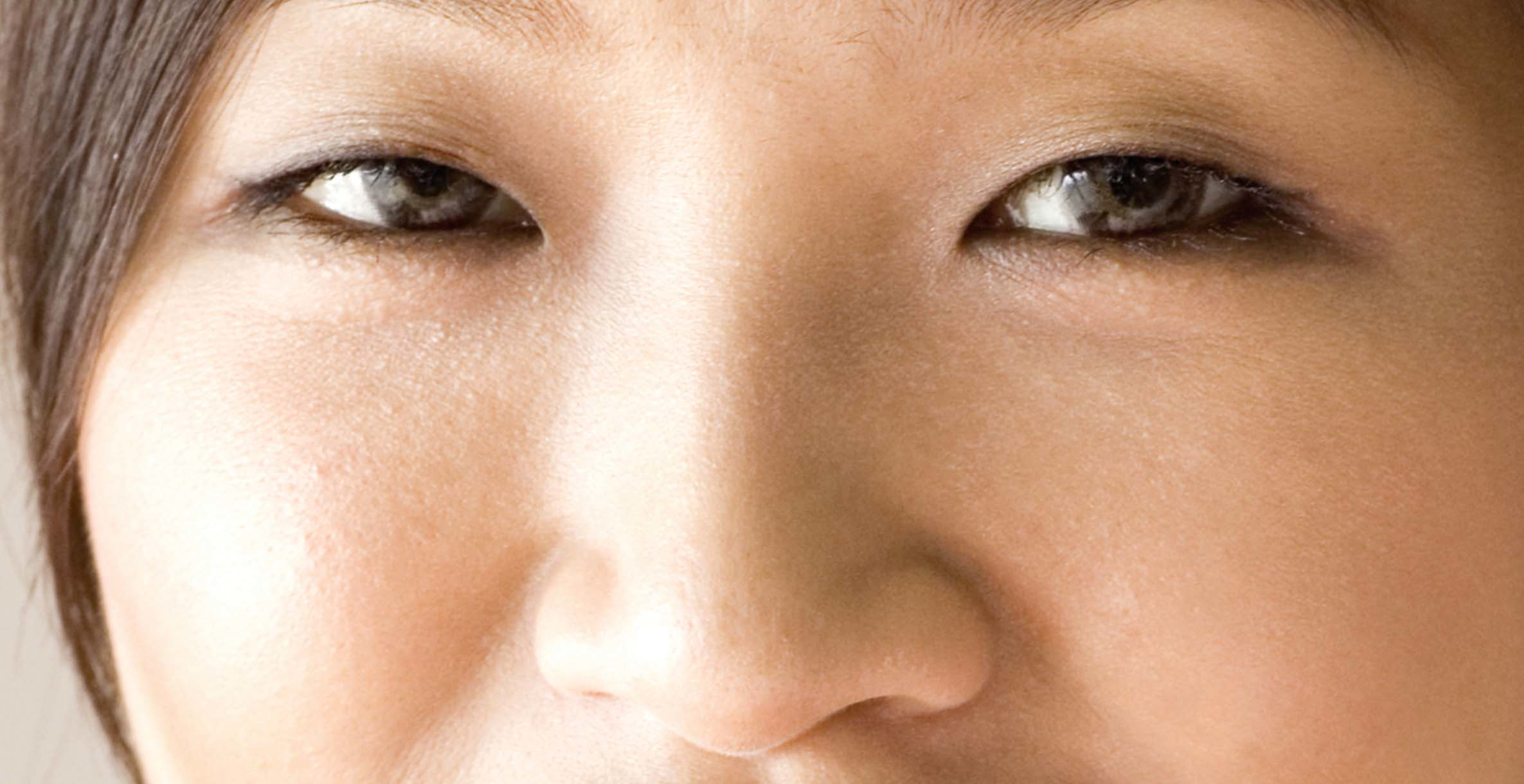
In her book Skin: A Natural History, Dr. Nina G. Jablonski wrote “colour is not a permanent trait.” Dark skin evolved from the need to protect the body from UV rays and as people move further from the equator, the need for pigmentation slowly decreases. So how does this evolutionary process relate to the uneven skin we are seeing in our society? Canada has citizens of 223 different ethnic origins, with visible minorities comprising 16% of the total population.
The result is a multi-racial, multi cultural country with many different mixes of skin colour. Excess pigmentation or brown spots result from a biochemical reaction within the skin that is triggered by internal and external influences. Sunlight, hormones from stress, pregnancy, Hormone Replacement Therapy and oral contraceptives as well as inflammation from injury, acne breakouts or sunburns are all trigger factors. Many prescription drugs cause photosensitivity, which may result in excess pigmentation. These drugs include commonly prescribed anti-depressants, diabetes medications, antibiotics, and many anti-inflammatory medications, to name a few.
Also, perfume or cologne may interact with UV rays to cause discolouration of the skin that can be difficult to reverse. While the amount of melanin synthesized in our skin is determined by our genetics, there is an overriding effect of the impact from the environment, such as UV radiation, which determines skin pigmentation levels. Regardless of race, we all have approximately 800 to 1000 melanocytes (cells which produce melanin) per square millimetre of epidermis. These cells, situated on the bottom layer of the skin, resemble an octopus with many arms extending into the upper layers.
Through these arms melanin is deposited into as many as 36 of our skin cells. In darker skin we see bigger deposits of melanin shaped somewhat like jellybeans, whereas in lighter skin the deposits are smaller like flecks of pepper. Because of its ability to absorb UV radiation, the primary function of melanin is believed to be the protection of the skin from sunlight. In addition to the overall development of a tan, age spots may form and become increasingly more evident as we get on in years. By the time we reach 60 years old, 90% of all individuals will have sun-induced age spots. These age spots are not something most people look forward to and therefore, many seek results-driven solutions.
The quest for clear even-tone skin is not a new phenomenon. For centuries Japanese Geisha girls used white makeup to give the appearance of youthful skin and Japanese women used rice hulls or ground pearls to give a luminous look to the skin. The pale-skin trend in the Victorian era was similar to that in Asian culture, associating a darker complexion with outdoor labour and lighter skin with wealth and education. In the past, people relied on hydroquinone to “fade” darker spots but because of its carcinogenic effect on skin cells it has become a less desirable treatment.
The Addendum to the Final Report on the Safety Assessment of Hydroquinone”, published in the Journal of the American College of Toxicology in 1994, concluded that hydroquinone is a potent cytotoxic agent that causes mutations and alterations to DNA and that it should not be used in any leave-on type of product. It has been estimated that one third of the population is allergic to hydroquinone with prolonged use causing contact dermatitis and photosensitivity.
Sponsored Ads

Other ingredients such as kojic acid, topical corticosteroids, tretinoin, and arbutin have been used to treat pigmentation. With an updated understanding of the underlying causes of hyper-pigmentation, products containing the newest ingredient technology have been created for the most safe and effective results. In order to comprehend the treatment of pigmentation, we need to understand the process by which it is made.When melanin is synthesized in the skin, a multi-step biochemical process takes place involving enzymes such as tyrosinase, amino acids and co-factors. In order to control or minimize excess pigment two steps can be taken. First, ingredients should be used in skin care products to influence this complex process. Secondly, trigger factors need to be avoided or reduced. The melanocyte along with the other immature skin cells are located on the bottom layer of the epidermis and it
takes anywhere from 28 to 40 days for skin cells to make their way from the bottom to the top where they naturally flake off. That said, it takes six to eight weeks to achieve noticeable results in the treatment of pigmentation. Rice extract, zinc glycinate, gluconic acid and aspergillus control the tyrosinase enzyme by binding copper which is a contributing factor in the production of melanin. Kiwi fruit, bearberry, mulberry, licorice and giant fennel are a few botanical extracts which also help to control this enzyme. In order to brighten the skin, pigmented cells need to be removed from the skin’s surface with regular exfoliation.
Hydroxy acids such as lactic acid, glycolic acid and salicylic acid have been used in skin brightening products for their exfoliation effects. Lactic acid, when used at a greater than five percent concentration, will inhibit the tyrosinase enzyme, thereby slowing melanin synthesis. Inflammation is another factor contributing to the production of melanin. Inflammation and pigmentation go hand in hand so that when an inflammatory process occurs melanin is produced. Licorice, white tea, antioxidants and oat extracts can be used to calm inflammation and minimize resulting pigment changes. More recently, scientists have been studying the use of other agents to control melanin formation.
Niacinamide has been shown to stop the transfer of melanin from the melanocyte into the skin cell. Glucosamine is believed to stop the activation of the Tyrozinase enzyme. At the American Academy of Dermatology meeting held in 2006, a group of scientists reported superior lightening effects on hyperpigmentation when these two ingredients were combined.Red and brown algae have been shown to stop the signals released by skin cells after UV exposure which in turn activate the melanocyte. Newer stabilized forms of vitamin C scavenge reactive oxygen species that cause erratic melanocyte activity and inhibit Tyrosinase activity.
The newest agents to fight melanin formation are peptides. Oligopeptide-34 has been proven to brighten skin, especially sun-induced pigmentation, in half the time compared to other brightening complexes. Sun protection, regardless of habits, heredity or geography, is essential in preventing darker spots. To maintain even skin tone and colour, exfoliate regularly, wear a minimum SPF 15 sunscreen, minimize the trigger factors and de-stress. We all want to keep ourselves looking 10 years younger. By applying preventative measures and using technologically advanced ingredients in skin care products, you can control the pigmentation changes associated with aging.
1 Dermalogica ChromaWhiteTRx Pure Light SPF30 $78 www.dermalogica.ca
2 Dermalogica ChromaWhiteTRx Tri-Active Cleanse $50 www.dermalogica.ca
3 Dermalogica ChromaWhiteTRx C-12 $117 www.dermalogica.ca
4 Aveda Enbrightenment Brightening Treatment Toner $49 Aveda Stores
5 Aveda Enbrightenment Brightening Correcting Serum $58 Aveda Stores
6 Jan Marini Age Intervention Peptide Extreme $98 Beauty-Med Clinic
7 Clinique Even Better Makeup SPF 15 $30 The Bay
8 Clarins Bright Plus On-the-Spot Brightening Corrector $46 The Bay.





























